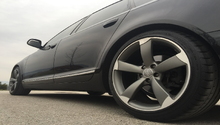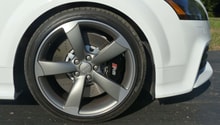Audi A3: Tires General Information and Specs
Here’s a guide for keeping your tires at their best when it comes to performance and durability.
This article applies to the Audi A3 (2003-present).
It’s a good idea to know about your Audi A3's tires. From tire pressure to wheel size to various driving conditions and scheduled maintenance, here's some helpful information to keep in your back pocket.
OEM Tire Specs and Options
You’ll need to know the tires' front and rear axis, especially when considering OEM wheels and replacement options. Tires used in the A3 series from 2003 until now have been smallest at 195/65R15 and largest at 245/30R20.
If you look at wheel specs for the A3 series on Wheel-size.com, you’ll notice that the trim selection has expanded over the years. In 2003, there were three trims with the 1.6i engine at 195/65R15 standard, and 205/55R16 as the replacement option. That model year had two more engine sizes at 1.8TFSi and 1.9TDi, and 17- and 18-inch wheels for the 1.8TFSi. For the 2016 model year A3, there are 14 trim choices to look at for standard tires and options. Variant A3 models were added over the years including hatchback and convertible.
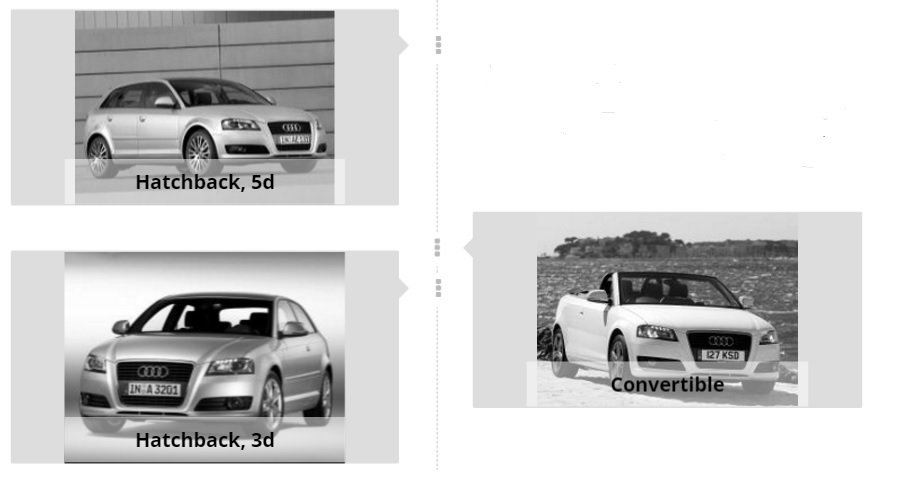
PSI Options
Tire pounds per square inch (PSI) will come with owner's manual recommendations, such as 39 PSI for front and 36 PSI for rear with normal load in the car. That will vary by wheel size, such as 19-inch wheels with 34 PSI recommended for all four tires.
For fully loaded vehicles, 41-to-42 PSI is usually recommended. Some drivers find adjusting PSI makes sense depending on climate conditions and the type of driving they’re doing; going with 39/39 can make a real improvement to the smoothness of the ride. Keeping the tires at lower pressure, such as 33 PSI, can be dangerous to the rim. If you aren't sure, check the owner's manual or the sticker located in the doorjamb for recommended PSI levels.
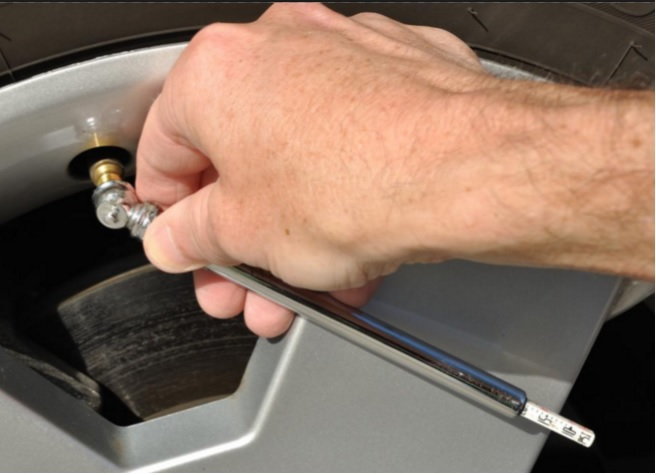
Finding the Best Tires for Winter Driving
Winter roads may be cold and dry, or wet and slushy and plowed with salt, so customized winter tires might be a necessity for you depending on where you drive.
Some A3 owners prefer performance winter tires such as the Bridgestone Blizzaks or Dunlop Winter Sport 4Ds. Frequenting dry pavement during the winter can make Winter Sport 4Ds a good option for your Audi.
Another option might be looking at 225/40/18 or 215/45/18 specs. These can be better tires for cutting through snow. Tires with slightly larger diameter, such as 19-inch performance tires, can provide a little bit more sidewall height in the winter.
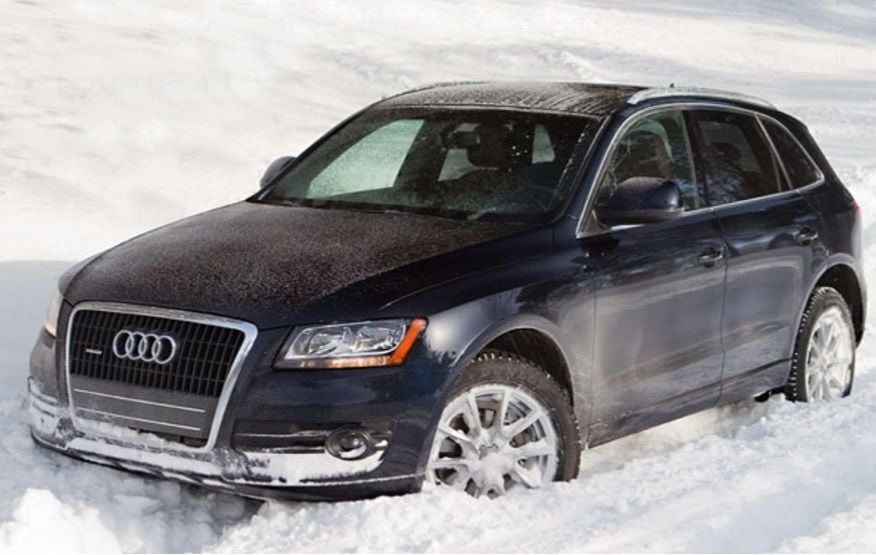
Watch Driving Conditions and Schedule Maintenance
Winter weather isn’t the only driving condition that will affect tire performance and durability. For those driving at higher speeds, more pressure is needed in the tires to deflect the heat impact.
There had been some miscalculations for A3s sold in the U.S. – with the Audi A3 having been built with European calculations but being driven primarily in the U.S. The European calculations have been added in later model A3s, which can mean different pressure measurements than were advised prior to about 2005-2006.
You should check the driver’s door specs and what’s in the owner’s manual, which might be different; 40 PSI might be the best way to go, but that can differ depending on where and how you’re driving. Getting input from your Audi dealer service department or AudiWorld user’s forum is a good idea.
For tire service, Audi recommends, at every 10,000 miles or once per year, to check your tires and spare wheel for wear and damage. Check tire pressure and reset the Tire Pressure Monitoring System (TPMS) if necessary. At every 20,000 miles or two years, check the renewal date on your tire repair set.
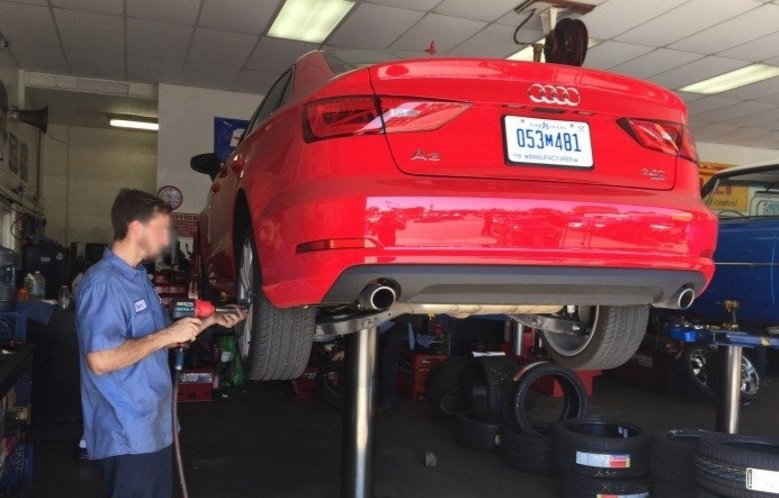
Related Discussion and Sites
- Wheel Specs for Audi A3 Series -Wheel-size.com
- Tire Pressure for Audi A3 19-inch - Audiworld.com
-
Audi USA Tire Service Recommendations - Audiusa.com


